America’s diverse landscapes offer kayakers an extraordinary range of paddling experiences, from the crystal-clear springs of Florida to the rugged coastlines of the Pacific Northwest. Kayaking provides a unique perspective on natural environments that might otherwise remain inaccessible, allowing enthusiasts to silently glide through pristine waterways while observing wildlife and taking in breathtaking scenery.
Whether you’re a novice paddler seeking calm waters or an experienced adventurer craving challenging rapids, the United States boasts countless kayaking destinations to suit every skill level and preference. This comprehensive guide explores some of the most remarkable kayaking locations across the country, highlighting what makes each destination special and what paddlers can expect when visiting these aquatic wonderlands.
Florida’s Crystal-Clear Springs

Florida’s freshwater springs represent some of the most magical kayaking experiences in the country, with their gin-clear waters maintaining a consistent 72-degree temperature year-round. Weeki Wachee Springs offers paddlers a gentle 5.5-mile journey down a translucent river where manatees often make appearances during cooler months, and vibrant fish dart beneath your boat. At Blue Spring State Park, winter kayakers witness hundreds of manatees seeking thermal refuge, creating an unforgettable wildlife viewing opportunity.
Rainbow Springs, Florida’s fourth-largest spring, features mesmerizing azure waters surrounded by lush subtropical vegetation and occasional river otters playing along the banks. These spring-fed waterways provide ideal conditions for beginner kayakers while still captivating seasoned paddlers with their exceptional clarity and abundant wildlife.
The Florida Everglades: A Paddler’s Wilderness

The vast wetland ecosystem of the Everglades offers kayakers an unparalleled opportunity to explore America’s largest subtropical wilderness. The 99-mile Wilderness Waterway trail connects Everglades City to Flamingo, allowing multi-day expeditions through mangrove tunnels and open water prairies where alligators, roseate spoonbills, and countless other species make their home. Paddlers can navigate the marked trail systems or venture into the Ten Thousand Islands region, a labyrinth of mangrove islands and tidal channels along Florida’s southwest coast.
For less experienced kayakers, guided day trips through shorter trails like Noble Hammock or Mud Lake provide a taste of this remarkable ecosystem without the commitment of overnight camping. The winter dry season (November through April) offers the most comfortable conditions with fewer insects and more concentrated wildlife viewing opportunities.
Sea Kayaking the San Juan Islands, Washington
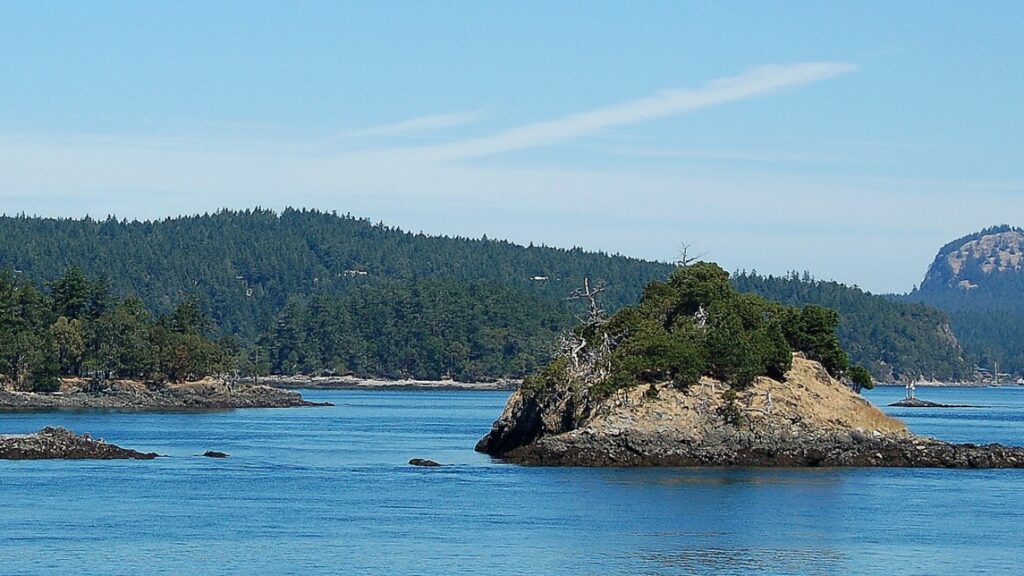
The San Juan Islands, located in Washington’s Puget Sound, represent the pinnacle of Pacific Northwest sea kayaking with their protected waterways and abundant marine wildlife. This archipelago of 172 named islands and reefs offers paddlers the chance to witness orca whales, harbor seals, and bald eagles against a backdrop of forested shorelines and snow-capped Olympic Mountains. Guided multi-day expeditions allow kayakers to island-hop between campsites, experiencing the region’s diverse ecosystems and discovering hidden coves inaccessible to larger vessels.
The waters around San Juan, Orcas, and Lopez islands feature relatively protected passages that accommodate intermediate paddlers, while more experienced kayakers can venture into challenging areas with stronger currents and tide races. Summer months provide the most stable weather conditions, though spring and fall offer fewer crowds and equally spectacular wildlife viewing opportunities.
Lake Tahoe: Alpine Kayaking Paradise
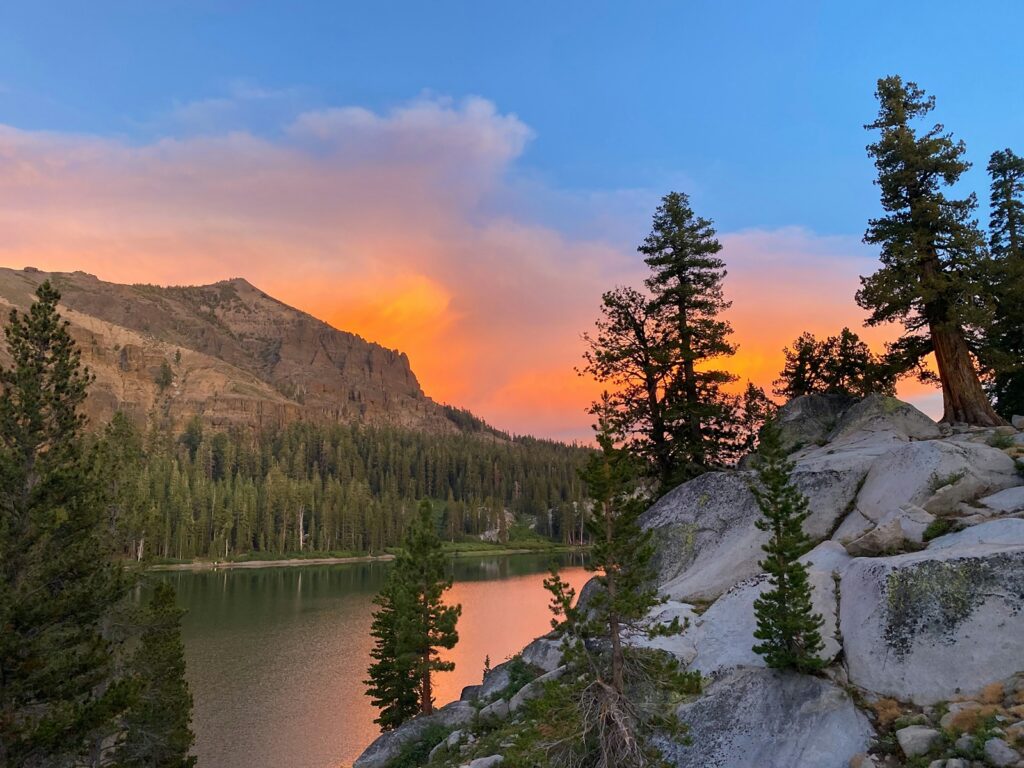
Straddling the California-Nevada border, Lake Tahoe’s crystal-clear alpine waters create one of America’s most visually stunning kayaking destinations. The lake’s remarkable clarity allows paddlers to see up to 70 feet below the surface in some areas, creating the sensation of floating above the underwater landscape. The eastern shore’s Sand Harbor features dramatic granite boulders and protected coves that provide calm waters for beginners and photography enthusiasts alike.
Emerald Bay, on the western shore, ranks among Tahoe’s most photographed locations, where kayakers can paddle to Fannette Island—the only island in the lake—and explore the shoreline beneath towering mountains. Morning paddling typically offers the calmest conditions before afternoon winds develop, and summer water temperatures reach a comfortable range for the inevitable splash or intentional swim in the refreshing alpine waters.
Maine’s Casco Bay Islands
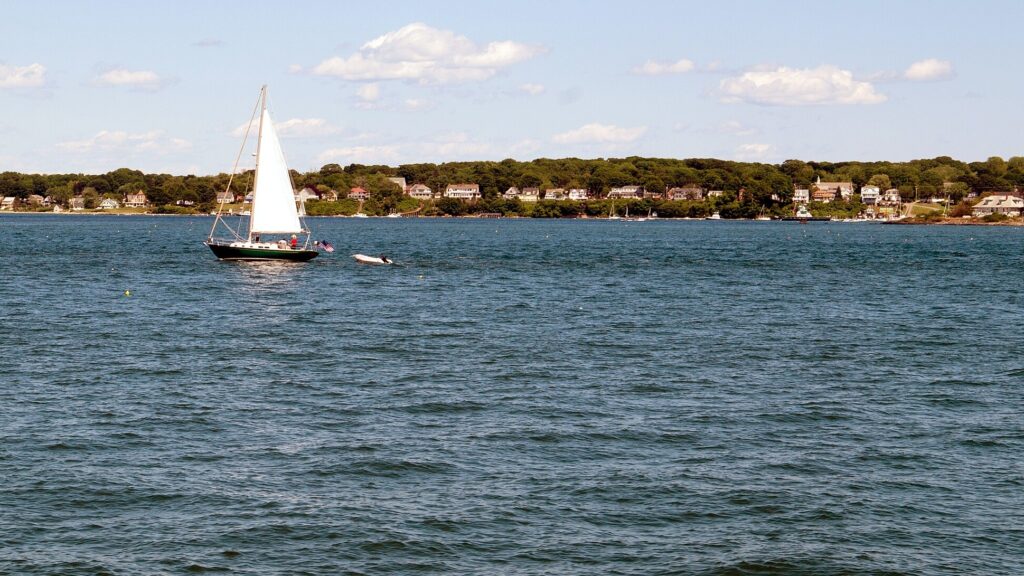
The rugged coast of Maine offers sea kayakers a quintessential New England paddling experience among the Casco Bay Islands near Portland. This archipelago features over 200 islands, many accessible within a day’s paddle from the mainland, where granite shores, spruce forests, and historic lighthouses create a picturesque maritime landscape.
Experienced kayakers can navigate to Eagle Island to visit Admiral Peary’s former home, now a state historic site, or explore the communities on larger islands like Peaks and Great Diamond, where Victorian-era summer cottages recall the bay’s history as a vacation destination. Wildlife enthusiasts frequently encounter harbor seals, osprey, and occasionally minke whales during summer months. The region’s significant tidal fluctuations and potential fog require careful planning and navigation skills, making guided tours advisable for those unfamiliar with local conditions.
The Na Pali Coast, Kauai, Hawaii

Hawaii’s Na Pali Coast presents one of the most challenging and rewarding sea kayaking experiences in the United States, with its towering emerald cliffs rising dramatically from the Pacific Ocean. This 17-mile stretch along Kauai’s northwest shore remains largely inaccessible by land, making kayaking one of the few ways to experience its sea caves, hidden beaches, and cascading waterfalls. Experienced paddlers can undertake the full-day journey during summer months (May through September) when ocean conditions are typically calmer, though even then, the open ocean swells require advanced skills and physical endurance.
Guided expeditions offer equipment, safety support, and cultural insights about ancient Hawaiian settlements once found along this spectacular coastline. The incredible marine diversity includes spinner dolphins, Hawaiian monk seals, and seasonal humpback whales, adding to the unforgettable nature of this bucket-list paddling adventure.
Boundary Waters Canoe Area Wilderness, Minnesota

The Boundary Waters Canoe Area Wilderness in northern Minnesota represents one of America’s premier freshwater paddling destinations, spanning over one million acres with more than 1,100 lakes connected by hundreds of miles of rivers and portage trails. This pristine wilderness offers kayakers the opportunity to navigate a vast network of waterways where motorized boats are largely prohibited, creating a peaceful experience of genuine solitude rarely found in modern life. Multi-day expeditions allow paddlers to explore remote lakes where loons call across misty waters and moose feed along marshy shorelines in the early morning light.
The region’s granite outcroppings and boreal forests create a distinct northern landscape that has remained largely unchanged since glaciers retreated thousands of years ago. While traditionally canoe territory, many outfitters now offer lightweight touring kayaks specially designed for the portages between lakes, opening this wilderness experience to dedicated kayakers.
Colorado River Through the Grand Canyon

Kayaking through the Grand Canyon represents the ultimate whitewater adventure, challenging paddlers with massive rapids flowing between towering canyon walls that reveal two billion years of Earth’s geological history. This epic 280-mile journey typically takes 15-18 days to complete, requiring advanced whitewater skills to navigate legendary rapids like Crystal, Lava Falls, and Granite. Between adrenaline-pumping whitewater sections, paddlers discover hidden side canyons with emerald pools, ancient Native American sites, and the unique desert ecosystem that thrives along the river corridor.
Private permits for this coveted experience are distributed through a weighted lottery system, often requiring years of applications before securing a launch date. Alternatively, several outfitters offer guided kayak support trips where experienced paddlers can bring their boats alongside a larger raft expedition, providing a somewhat easier logistics option for this bucket-list adventure.
Apostle Islands National Lakeshore, Wisconsin
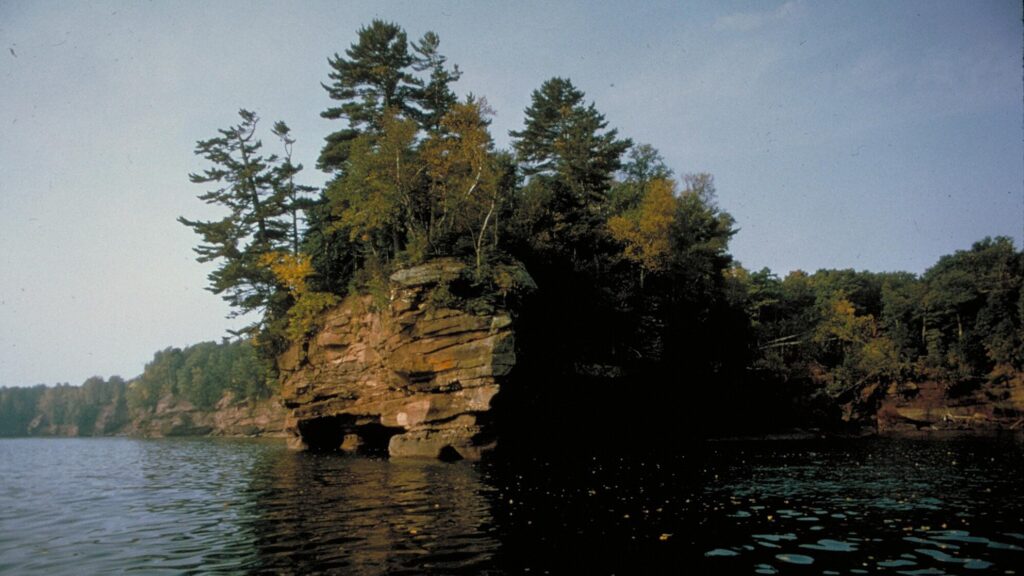
Lake Superior’s Apostle Islands National Lakeshore offers kayakers an extraordinary opportunity to explore sea caves carved into red sandstone cliffs and paddle between 21 forested islands dotting America’s largest freshwater lake. The mainland sea caves near Meyers Beach become particularly spectacular when water levels allow paddlers to navigate through arched passages and chambers where waves have sculpted the soft sandstone into cathedral-like spaces. Island hopping between campsites allows multi-day exploration of this archipelago’s sandy beaches, historic lighthouses, and old-growth forests rarely found elsewhere in the Midwest.
While parts of the protected mainland shoreline accommodate beginner paddlers during calm conditions, the open waters of Lake Superior can change rapidly with little warning, demanding respect and proper safety equipment including wetsuits even in summer months. Winter transforms the sea caves into an ice-encrusted wonderland accessible to hikers when the lake freezes solid enough to support foot traffic.
Alaska’s Kenai Fjords
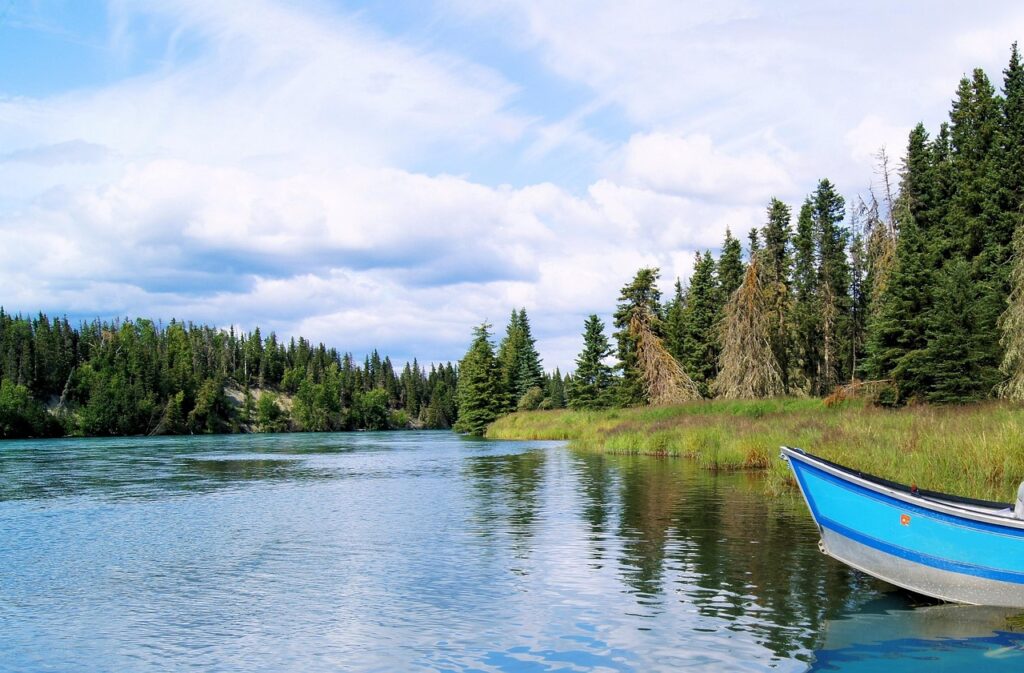
For wilderness enthusiasts seeking the ultimate paddling experience, few destinations match the raw grandeur of Alaska’s Kenai Fjords National Park, where tidewater glaciers actively calve into deep-blue waters surrounded by snow-capped peaks. Experienced sea kayakers can witness the thunderous spectacle of massive ice chunks breaking from glacier faces and crashing into the sea, creating waves that ripple across the fjords. The nutrient-rich waters support abundant marine life including orcas, humpback whales, Dall’s porpoises, and sea otters, offering wildlife viewing opportunities unmatched elsewhere in American waters.
Guided multi-day expeditions provide the safest experience in this remote environment, with professional guides navigating the challenging conditions and educating participants about the region’s rapid ecological changes due to climate impacts. Northwestern Fjord and Aialik Bay represent favorite destinations within the park, where paddlers can experience the otherworldly blue of newly calved icebergs floating past their kayaks in one of the planet’s most dynamic coastal environments.
The Outer Banks, North Carolina
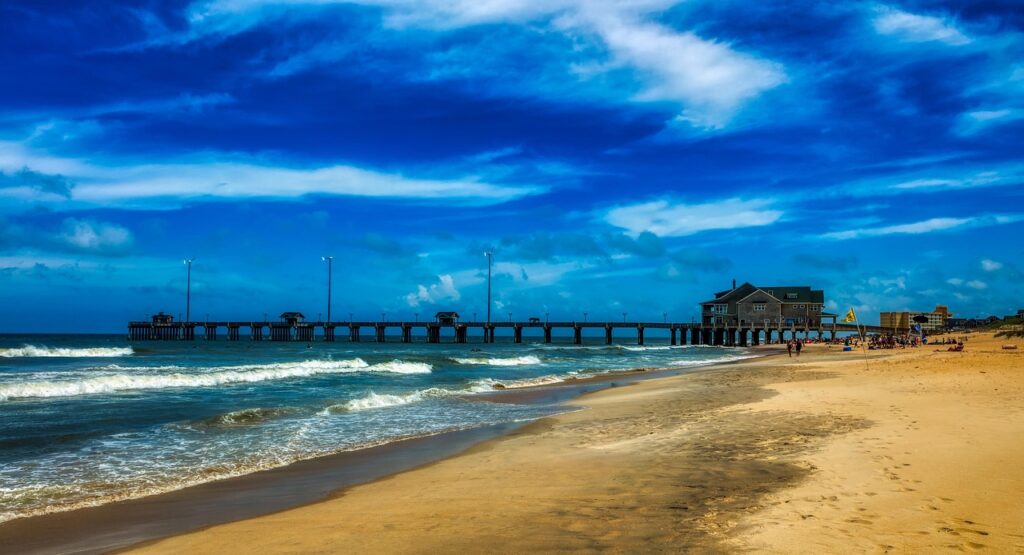
North Carolina’s Outer Banks provide sea kayakers with a fascinating blend of maritime history, diverse ecosystems, and paddling routes suitable for various skill levels along this famous string of barrier islands. The protected sounds between the mainland and barrier islands offer relatively calm waters where paddlers can explore salt marshes teeming with birds, fish, and the occasional river otter darting among the cordgrass.
More adventurous kayakers can investigate the countless shipwrecks that have earned this coastline the nickname “Graveyard of the Atlantic,” with some wrecks visible just offshore during low tide. Cape Lookout National Seashore represents a highlight for multi-day expeditions, where primitive camping on undeveloped beaches allows paddlers to experience starlit nights far from light pollution and watch wild horses roaming the dunes on Shackleford Banks. The region’s rich history comes alive when paddling past historic lighthouses that have guided mariners through these challenging waters for generations.
Columbia River Gorge, Oregon/Washington
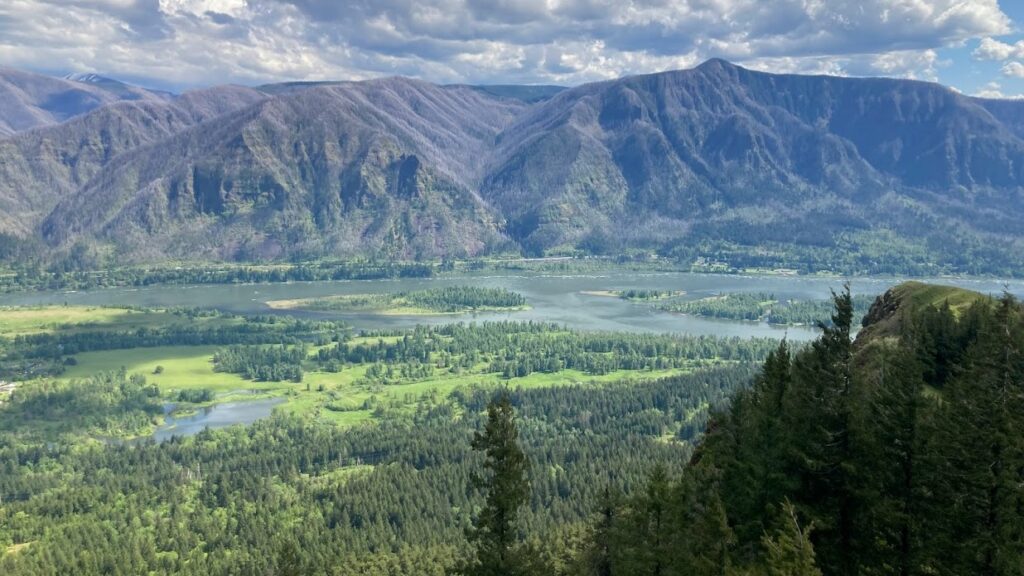
The Columbia River Gorge, cutting through the Cascade Mountains along the Oregon-Washington border, offers paddlers a remarkable combination of scenic beauty and diverse water conditions within a National Scenic Area. The western gorge features protected bays and tributaries perfect for beginners, while the eastern sections provide challenging conditions where consistent winds create world-class destinations for kayak surfing and downwind paddling. The 80-mile gorge transitions from temperate rainforest to semi-arid landscapes as paddlers move eastward, revealing dramatic changes in ecology and geology visible from water level.
Beyond the main river, kayakers can explore numerous side creeks and waterfalls, including paddling the lower section of the White Salmon River where it joins the Columbia after flowing through a dramatic basalt canyon. Spring brings spectacular wildflower displays along the shorelines, while fall offers comfortable paddling temperatures and vibrant foliage reflecting in the water.
Planning Your Kayaking Adventure: Essential Considerations
Successful kayaking expeditions across America’s diverse waterways require thoughtful preparation tailored to each destination’s unique characteristics and challenges. Research water conditions, weather patterns, and seasonal considerations for your chosen location, recognizing that ideal paddling seasons vary dramatically between regions—summer in Alaska versus winter in Florida, for instance. Honestly assess your skill level and choose destinations accordingly, considering guided tours for locations beyond your experience or when local knowledge proves valuable for safety and enrichment. Proper equipment remains essential, including appropriate kayaks (recreational, touring, or whitewater), personal flotation devices, navigation tools, and clothing suited to water temperatures rather than air temperatures.
Environmental stewardship should guide all paddling adventures, following Leave No Trace principles and respecting wildlife viewing guidelines by maintaining appropriate distances from marine mammals and nesting birds. Many premier destinations require permits or reservations secured months in advance, particularly for popular wilderness areas with limited entry points during peak seasons.
From Florida’s crystalline springs to Alaska’s glacier-carved fjords, America’s kayaking destinations offer remarkable diversity for paddlers of all skill levels. These waterways not only provide recreation but serve as gateways to understanding the country’s ecological treasures and natural heritage. Whether seeking serene flatwater paddling among manatees or adrenaline-pumping whitewater through canyon depths, the perfect kayaking adventure awaits somewhere between the Atlantic and Pacific shores. By respecting these environments and preparing appropriately for each unique paddling experience, kayakers can safely explore some of the most spectacular landscapes America has to offer while creating lasting connections with the natural world.

